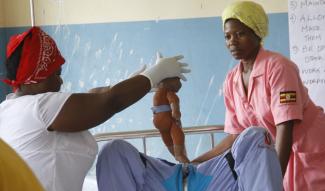Maternal Mortality: Death of a woman from any cause related to or aggravated by pregnancy or its management during pregnancy, childbirth, or within 42 days of termination of pregnancy.
Neonatal Mortality: Death of a liveborn baby (regardless of gestational age at birth) in the first 28 days of life.
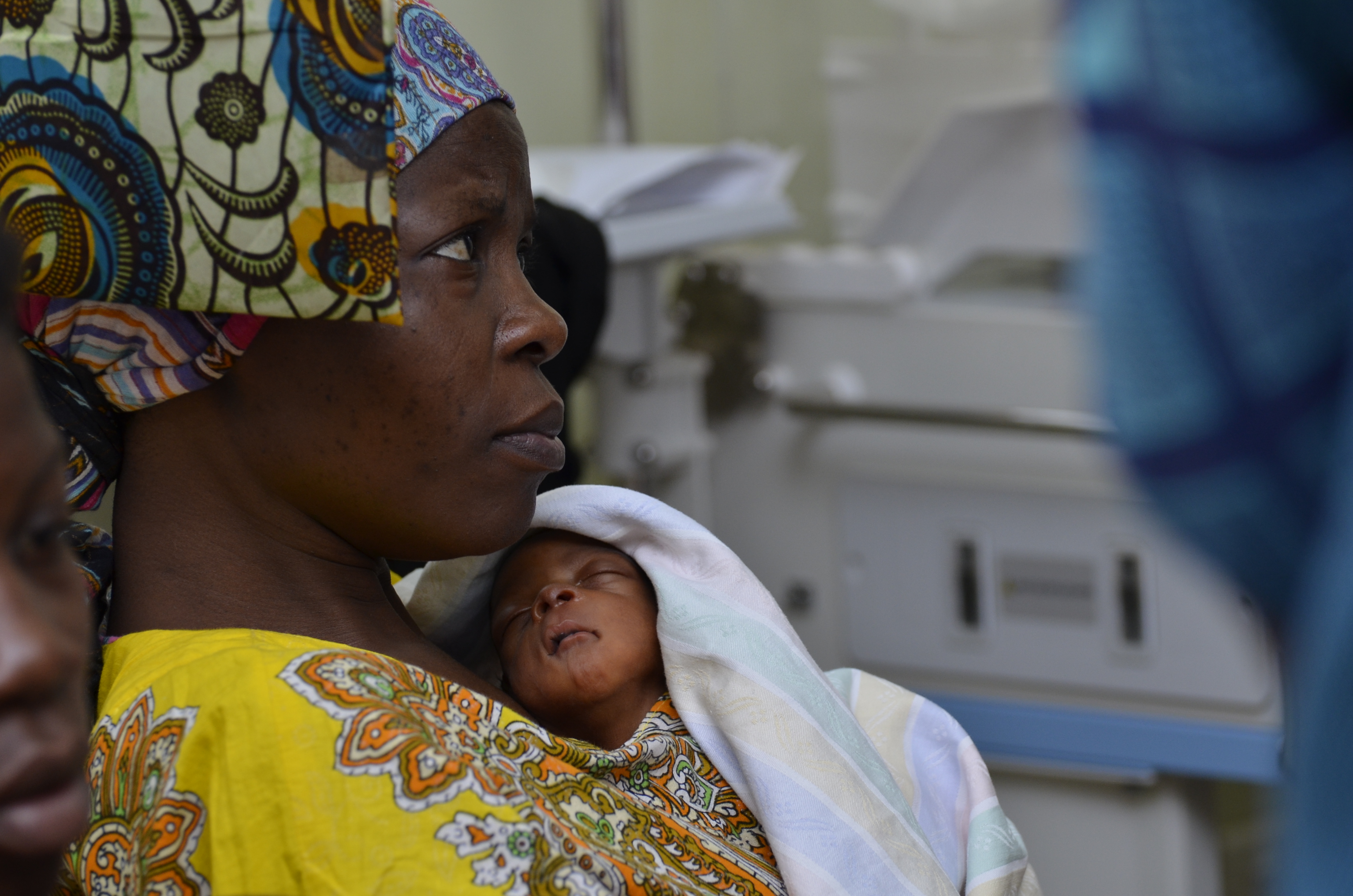
Stillbirth: Intrauterine death of a fetus at any time during pregnancy (WHO defines stillbirth as a birth with no signs of life after 28 weeks of gestation).
Fresh Stillbirth: The death of a fetus during labor or delivery; occurs when the fetus dies intrauterine, but was documented to be alive before the onset of labor. In many settings, this is a difficult distinction to make.

Infection: The introduction of harmful microorganisms into the body that causes an immune response; if the infection is untreated/unregulated, the immune response can become extreme and cause tissue damage, organ failure, or even death (a complication called sepsis).
Obstetric Hemorrhage: Excessive heavy vaginal bleeding associated with abortion, pregnancy, or birth that is >500ml, or >1000ml for cesarean birth. It can occur during the antenatal, intrapartum, or postnatal period. 80% of obstetric hemorrhage occurs postpartum.
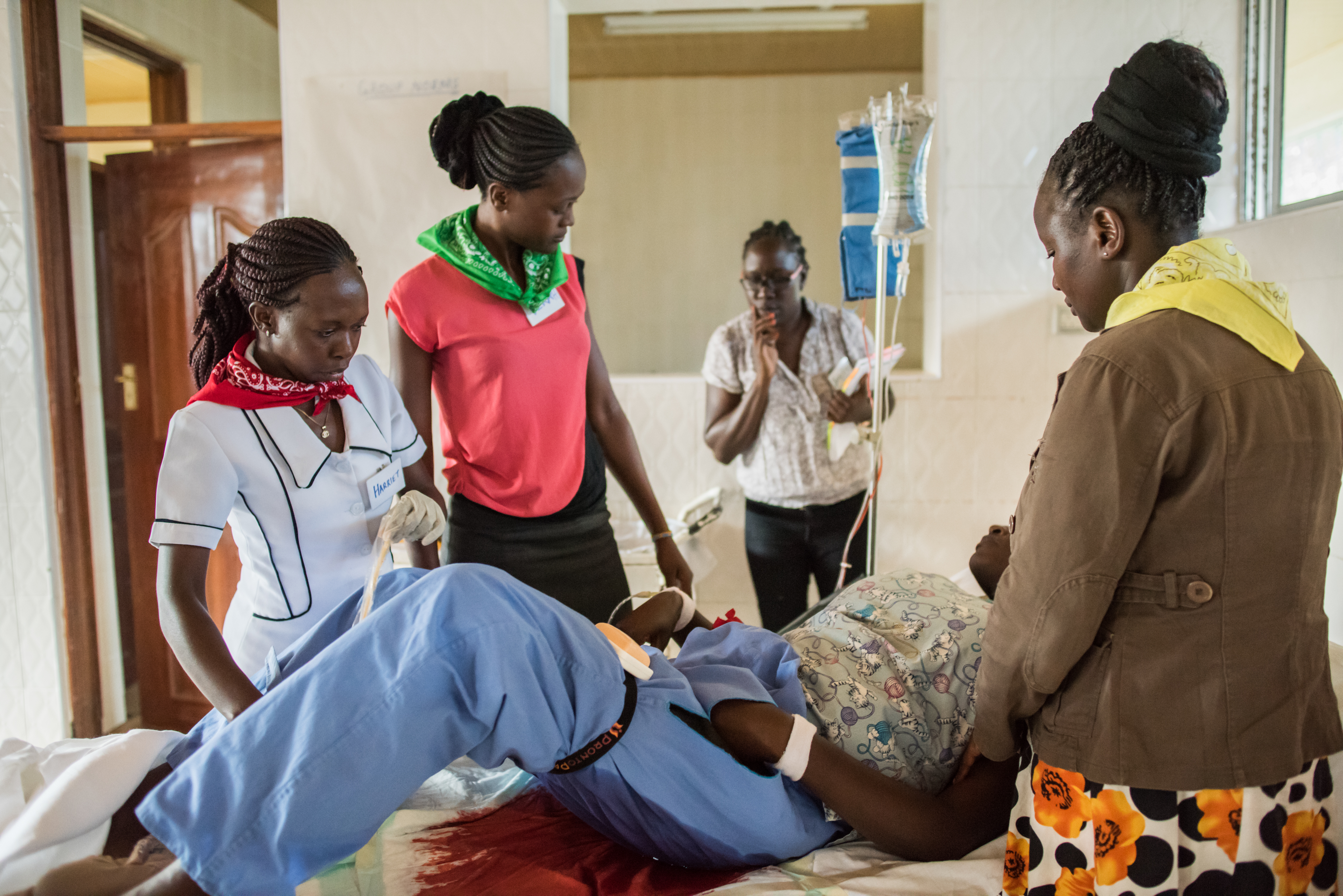
Complications of Abortion: Severe, or even deadly, complications of abortions include uterine perforation, hemorrhage, cervical laceration, and infection and sepsis.
Complications due to Prematurity: Problems that occur due to immature organ systems when a baby is born before 37 weeks gestation; the under-development of the fetus can lead to serious, or even fatal, respiratory, cardiovascular, neurological, or other complications/failures.
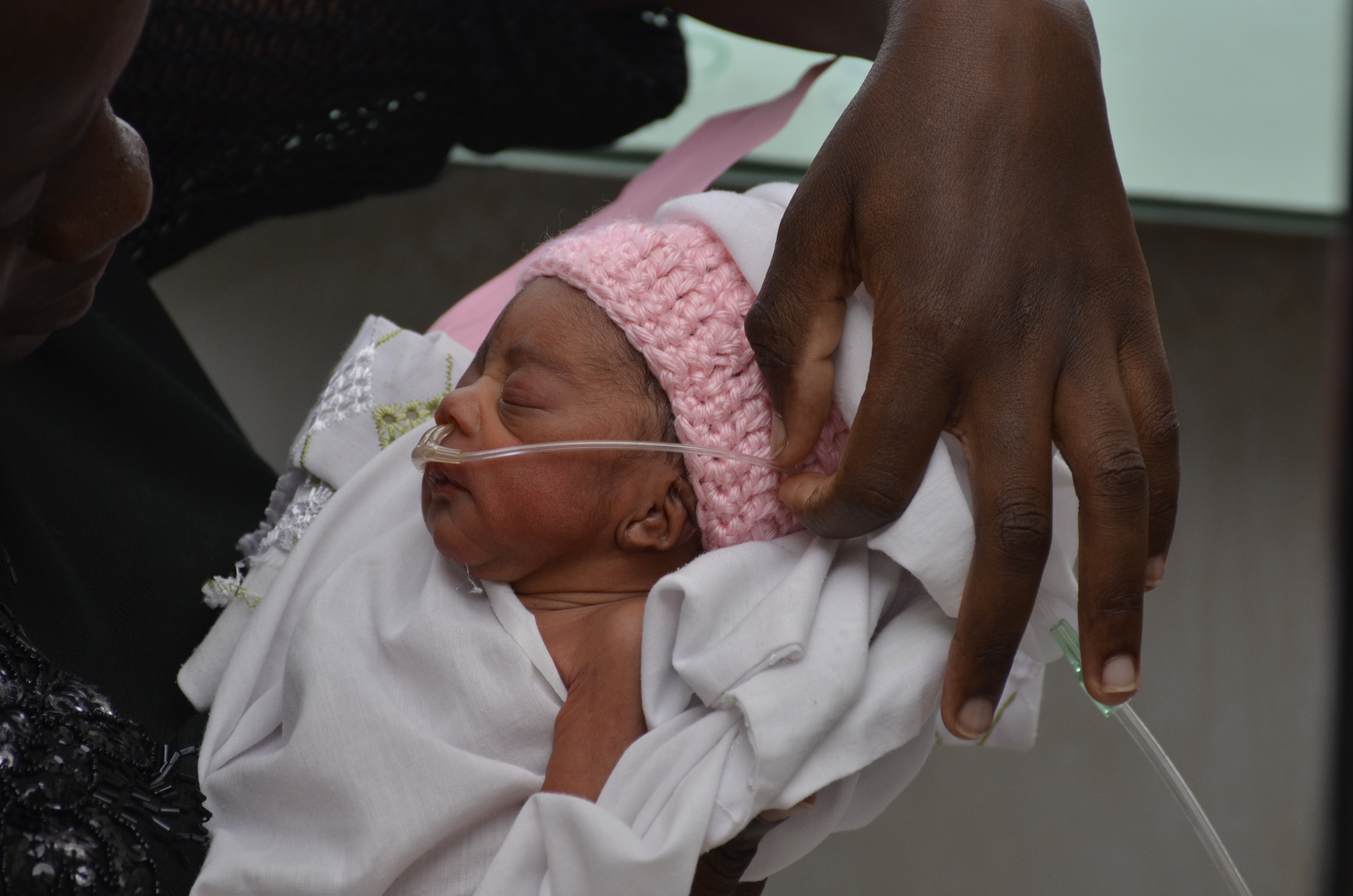
Obstructed Labor: Despite strong uterine contractions, the presenting part (head, shoulder, bottom, etc) of the fetus can not progress through the birth canal; common causes are malposition of the fetus or a size-mismatch between the fetus's head and the mother's pelvic anatomy. Obstructed labor requires access to a cesarean section.
Delivery Complications: Problems that occur during labor or birth that put the life of the baby and/or mother at risk. Some examples include perineal tears, umbilical cord compression, abnormal heart rate of the baby, or abnormal presentation of the baby (i.e. breech).

Birth Asphyxia: When a baby does not receive enough oxygen before or during birth. Respiratory distress is a condition that may follow asphyxia.
Hypertension in Pregnancy: High blood pressure that develops after 20 weeks of pregnancy; it can cause side-effects of its own, or be a sign of preeclampsia.
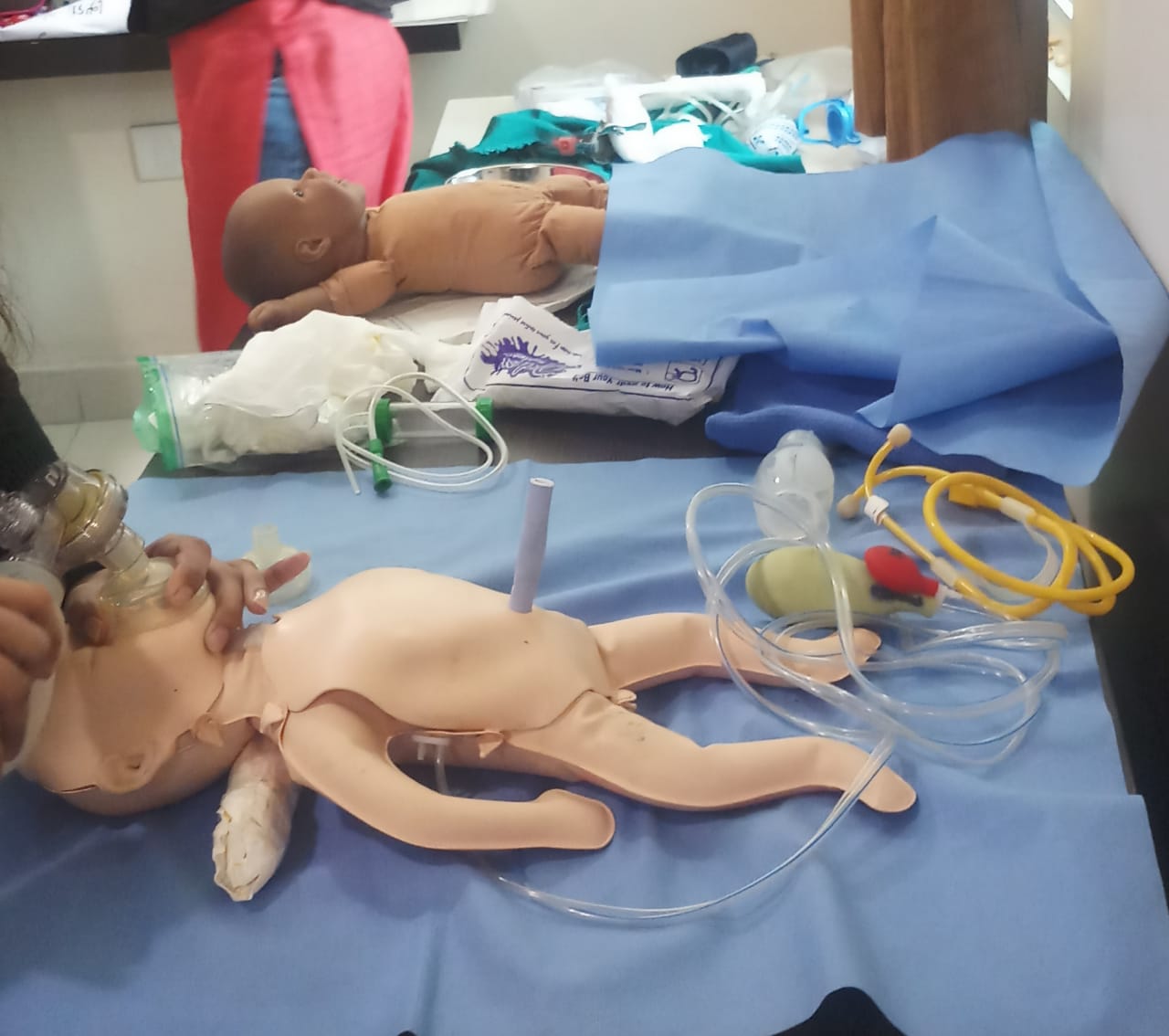
Preeclampsia: A complication characterized by high blood pressure after 20 weeks of pregnancy and signs of involvement of other organs, including kidney (proteinuria) and liver (liver enzyme alterations); it can be serious, or even fatal, for both the mother and the baby. If untreated, it can progress to eclampsia or HELLP syndrome.
Eclampsia: Seizures that occur during or shortly after pregnancy and are associated with untreated preeclampsia. This can be a fatal condition.

